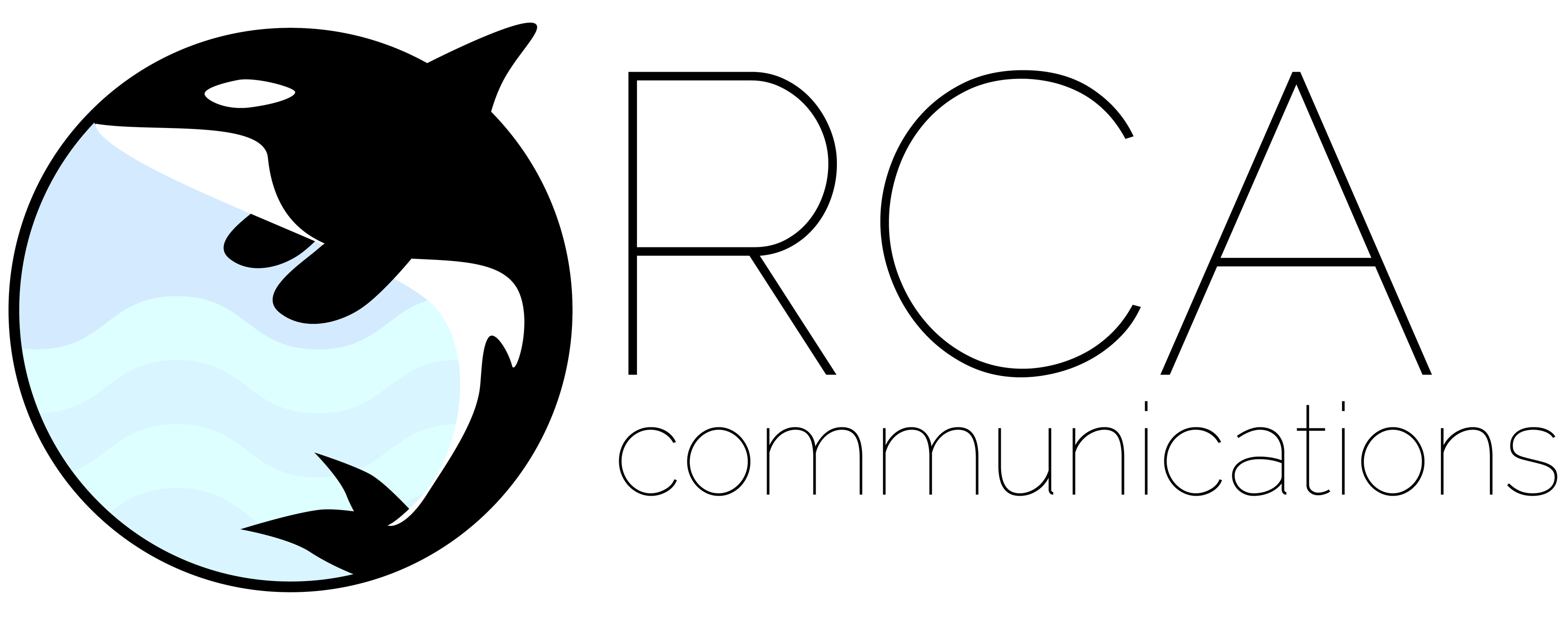The Do’s and Don’ts of Crowdfunding PR
Crowdfunding websites like Kickstarter and Indiegogo have become a go-to platform for entrepreneurs to launch new products. We’ve worked with dozens of crowdfunded projects over the years and thus we’ve seen the landscape significantly change. Gone are the days when an inventor with an idea can randomly launch a Kickstarter and expect to raise significant funds. Nowadays, there are full-fledged marketing teams behind successful crowdfunded campaigns. Crowdfunding success comes with time, strategy, and capital.
Newness has always been a huge selling point with the press — editors and producers love/crave products that are fresh and new. And nobody knows how to capitalize on the uniqueness and “newness” of these creative innovations better than Orca publicists. Since we all come from the press corps ourselves, we have fabulous contacts and a way to ‘massage’ the pitch so we know it gets read! But we can’t wave a magic wand and make the media respond without a solid product and a solid foundation. Consider these do’s and don’ts of crowdfunding PR when deciding if a PR campaign is right for your new product:
DO have product samples available for the press.
DON’T think a concept or idea is enough to wow editors.
Most journalists need to see a full proof of concept and a prototype AT THE BARE MINIMUM in order to cover your product.
DO have a relatable story that hasn’t been told before.
DON’T think your Kickstarter launch is a news hook.
Journalists are in the business of telling stories, not promoting products. Your product needs to be newsworthy if you want reporters/editors to cover it. Orca publicists can help position the story, but the hook has to already exist.
DO run an omnichannel marketing campaign.
DON’T put all of your eggs in one marketing basket.
Public relations is part of your top-of-funnel brand-building strategy. It is not always a huge sales driver on its own. If your goal is to get more people to invest in your crowdfunding project, then you’ll want to incorporate other methods of promotion.
DO expect your PR to pay off in the long run.
DON’T expect immediate results.
Crowdfunding campaigns are short. PR campaigns are not. It takes time for publicists to build a media list, find the hook, pitch journalists, coordinate media samples, for journalists to then test the samples and write about them, for publicists to follow up, and finally for editors to publish a piece. You can use your crowdfunding campaign as a jumping-off point for a PR push, but you should not expect earned-media features to turn in such a short amount of time. Rather, your PR campaign is designed to sustain the momentum and the “buzz” for your startup after the crowdfunding campaign has ended.
That said, we do work with crowdfunded companies and are proud to raise awareness of their new goods.
Here are a few of our Kickstarter / Indiegogo clients:
Obtainium Wallets
MeCam
Recoil Winders
Task One- Indiegogo
Keyport
Thinkhat
klip
Boxxle
CableKeeps
HuMn Wallet
Recap Mason Jars
SushiQuik
Jiva Cubes
I/O Denim
Ninja Standing Desk
Integral Designs (The Flipcase, Compact Chopsticks, and the Keyprop)
My Alibi Clothing (Bloomers)
Caffeinate Labs (Pocket Monkey)
Scrubba Wash Bag
Pintofeed
Weefab
If you know anyone looking for help spreading the word about their crowdfunded company, send them these Do’s and Don’ts of Crowdfunding PR. We offer a free consultation to see if PR is a good fit.
